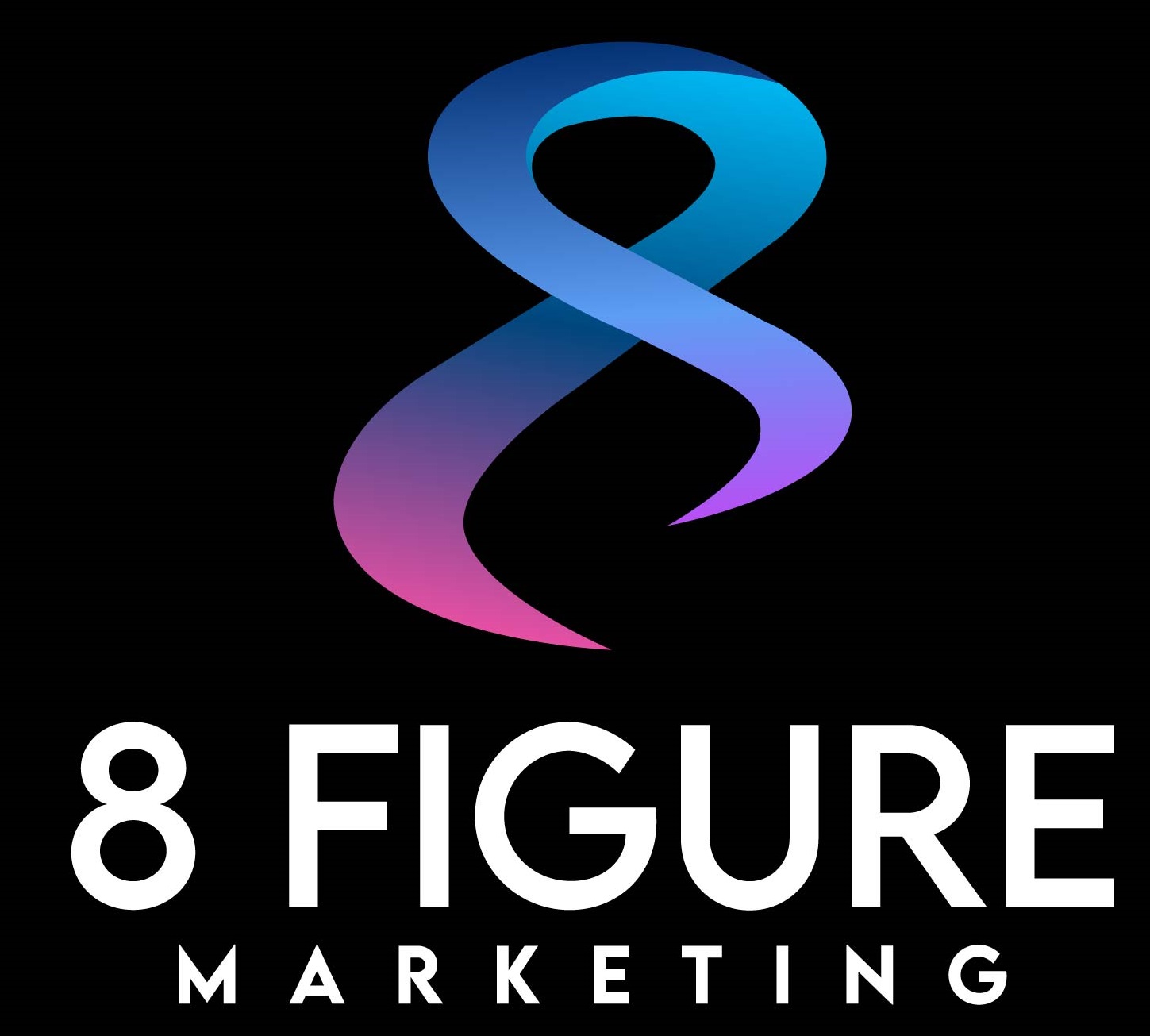Strategy
Strategy
We work with you to develop a comprehensive strategy that aligns with your vision, mission, and goals. We analyze your market, competition, and internal operations to identify opportunities for growth and improvement. We help you define your value proposition, target market, and competitive advantage to differentiate your business and increase your market share.
Business Strategy:
A business strategy is a long-term plan of action designed to achieve specific goals and objectives. It outlines how a company will compete in its industry and create sustainable value for its stakeholders. A successful business strategy requires a thorough understanding of the market, competition, customers, and internal capabilities.
Market Analysis:
Before developing a business strategy, it is crucial to understand the market dynamics. Market analysis helps identify the size and growth rate of the market, the trends, the competition, and the target customers. Conducting market research, analyzing customer data, and monitoring industry trends are essential for effective market analysis.
Competitive Advantage:
A business strategy must include a competitive advantage that differentiates the company from its competitors. A competitive advantage can be achieved through product innovation, cost leadership, customer service, brand recognition, or other factors. The company must identify its unique value proposition and leverage it to gain a competitive edge in the market.
Target Customers:
A business strategy should clearly define the target customers and their needs. The company must identify the demographics, psychographics, and behaviors of its target customers to create a product or service that meets their needs. Understanding the target customers is critical to developing a successful marketing strategy that resonates with them.
Marketing Plan:
A marketing plan is an essential component of a business strategy. It outlines the tactics the company will use to promote its product or service, reach its target customers, and achieve its marketing objectives. A marketing plan should include a budget, a timeline, and a measurement plan to track the effectiveness of marketing activities.
Operational Plan:
An operational plan details the processes and procedures required to deliver the product or service to customers. It includes the resources needed, the timeline, and the milestones to ensure the business operates efficiently and effectively. An operational plan should be aligned with the business strategy to ensure the company is executing on its strategic objectives.
Financial Plan:
A financial plan outlines the revenue, expenses, and profitability of the business. It includes financial projections, budgets, and cash flow statements. A financial plan should be realistic and based on the assumptions made during the market analysis and operational planning. It should also include contingency plans to address unexpected events or changes in the market.
Developing a business strategy requires a comprehensive understanding of the market, competition, customers, and internal capabilities. It involves identifying a unique value proposition, developing a marketing plan, and creating operational and financial plans that support the strategic objectives. A successful business strategy requires ongoing monitoring and adjustment to ensure the company is on track to achieve its goals and objectives.
